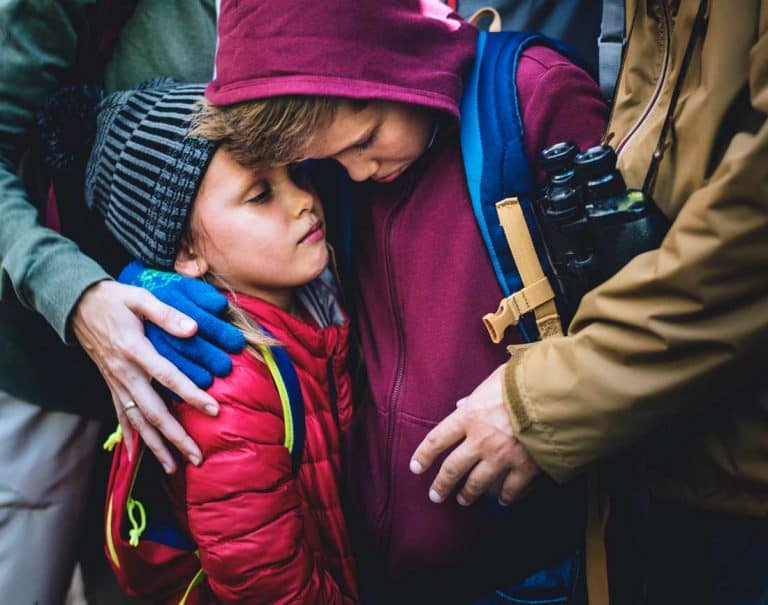When disaster hits, wherever you may be, you need a pre-packaged 72-hour kit to get you through the difficult situation you are in. There is no time to pack when things evolve and no time to run around like a headless chicken to locate items. It would be best if you had a grab-and-go bag, also knowns as a “bug out bag.” add a couple of kids, your spouse, senior people, and your pet to the equation, and you get the complete picture.
Having outdoor survival gear is a top thing, but a 72-hour kit is not just about gear that is primarily great for bushcraft or outdoors. A 72-hour kit includes many more things you need to have.
Why You Need a 72-hour Survival Kit?
When any devastating type of disaster hits, official authorities will deploy fast. Despite how fast they move, the first three days (72 hours) are critical for your survival, as it usually takes that long before official infrastructure is entirely and adequately in place.
In remote areas, help will take longer to reach you.
Depending on the weather conditions and the availability of crucial things like food, water, and first-aid, your very existence may be in jeopardy.
Creating a 72-hour kit is essential. The kit must be relatively easy to carry in a backpack (for one person) or divided into different backpacks for additional persons. You may not be able to spend your days and nights in one location only. You may have to move. So, your emergency kit must be a portable kit, easy to carry around.
Vehicles may not be able to move due to damaged or congested roads.
What are the Types of Emergency Kits?
Most of the best 72-hour kits can be suitable for almost any kind of emergency or disaster.
Some exceptions are natural health-related disasters. In such disasters, like a possible virus outbreak or a chemical-related catastrophe, you need extra sanitation, hygiene, air filtering (i.e., unique masks).
Another exception that can require a bit more gear is earthquake disasters or any disaster that can get you trapped under something without the ability to move. It would be best if you had ways to show that you are alive under possible debris.
What to Include in your 72-hour Emergency Kit List?
Let’s assemble the one kit that no one wants to have to use in their lives. Nevertheless, it can save your life and the life of your loved ones.
We will propose the type of items in our list and our suggestions and choices per item. Feel free to explore more by yourself.
Keep in mind that the number of items and the items themselves can differ, depending on if you have to walk and carry them in your backpack or with your hands. If you are lightly injured, you may not be able to take lots of weight.
Water is a good example: Water is crucial for drinking and sanitation. Depending on their health status, weight, and needs, each person can carry X gallons of water. The average water consumption is about 15.5 cups (3.7 liters) of fluids a day for men. About 11.5 cups (2.7 liters) of fluids a day for women. That is for drinking only.
Gallons of water are heavy to carry around. The weight is reduced as you use your water, but you will need to replenish it. If a water supply is not near your location, you need extra water purification tablets or a portable filter.
However, water purification tablets and filters may not be needed unless you want to move out of the city fast if you live in a town.
The crucial element for your kit is that all the emergency kit items must come with extended storage capability. You don’t want things that expire in six months or a year or 2, excluding medicines.
Your 72-hour kit should include:
Emergency Water With 5 Year Shelf Life
This one is the best you can get.
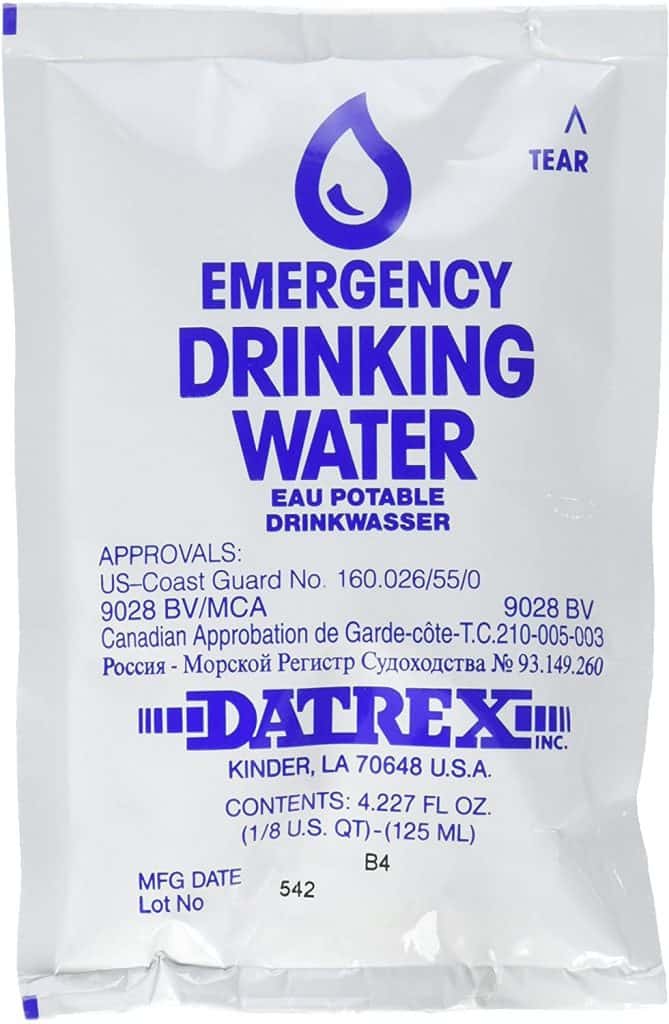
You can store your water in canisters and change that water every few weeks, or you can get long emergency water portions. When stored in plastic canisters (mainly in all kinds of canisters), the water turns terrible after a few days. Emergency water portions can be stored for up to 5 years.
If you have a pet, make sure to get extra water.
Drinking Water Purification Tablets
These tablets are for emergency cases only and not be used continually.
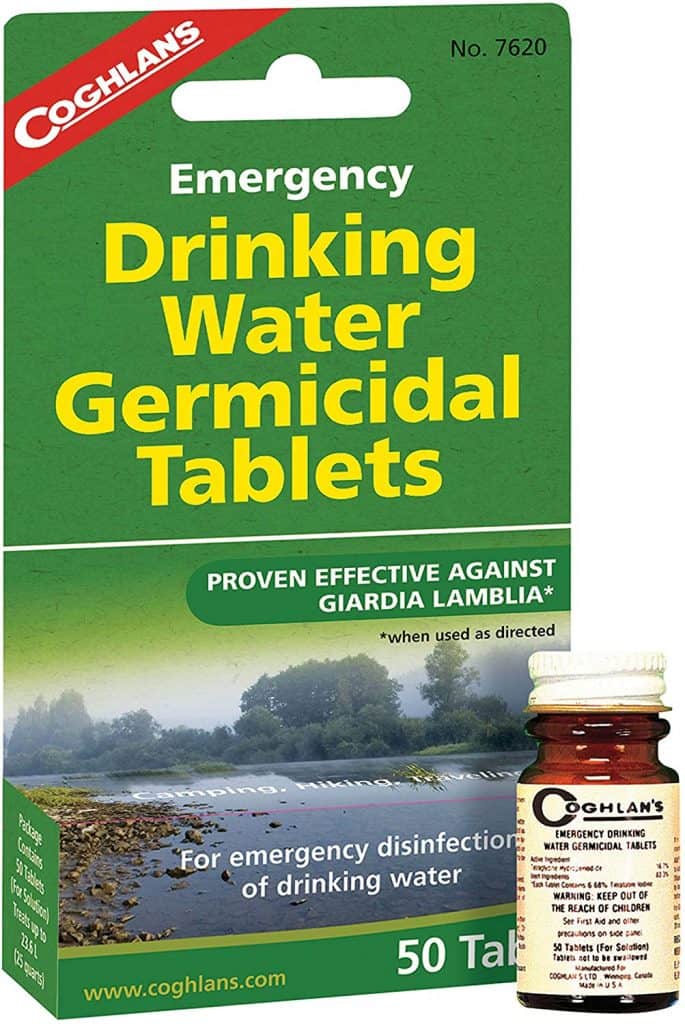
Water purifying tablets are effective against bacteria, viruses, and cysts. Most are suitable for emergency preparedness situations. When it comes to water purification, you can get a combination package that includes Germicidal tablets (50) and Drinking Water Neutralizer tablets (50). Getting protected against Giardia Lamblia is very important in emergency cases.
Personal Water Filter for Emergency Preparedness
This is an award-winning water filter that is suitable for emergencies and hiking, camping, and travel.
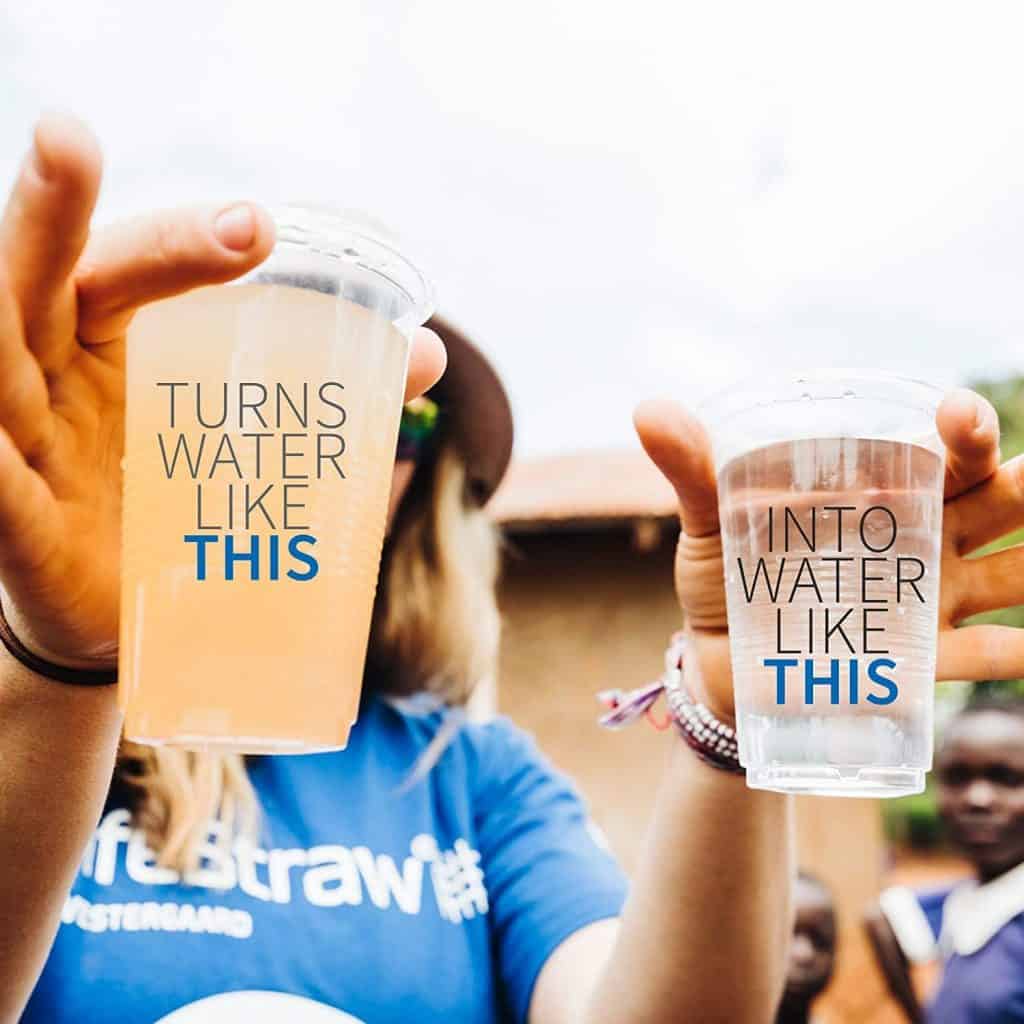
The device can filter up to 4000 liters (1000 gallons) of contaminated water (filters to 0.2 microns) without using chlorine, iodine, or other chemicals. No batteries are required. This is an alternative to tablets and purifiers. You can store such filters in your bugout or prepper bag and survival kit. Each family member can have their own.
Emergency 72 Hour Food Kit Rations
Portability, easiness to cook, nutrition, and extended storage are vital elements when you choose your food for your 72-hour kit for emergencies. The best is to buy such items in the form of portions. This pack is what we talk about.

While survival food that comes in 20 kg buckets is helpful when you are situated in one location, food in portions is easier to handle and move around with your backpack.
The nutrition needs for daily calories and nutrients differ per person and gender. Some need 2000-2500 calories per day, while others need over 3000-4000 cals. Thus, the prepper must know their individual needs and their protected members. Carbs and protein are essential; however, the topic is for a 72-hour timeframe.
Cooking and Eating Utensils
The best value for money solution is to have such a set that you can use for different circumstances (not only for disasters). This emergency set is what we refer to.
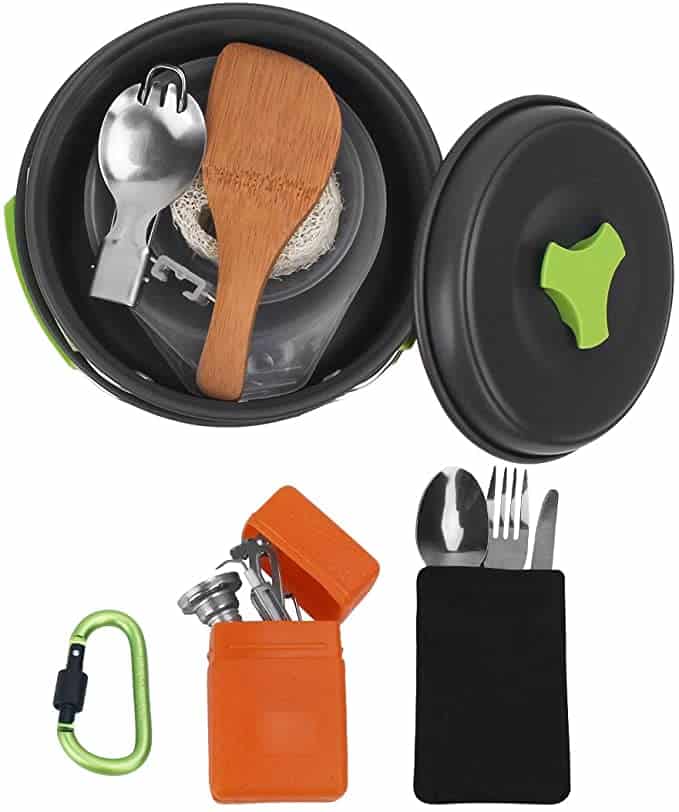
If you don’t choose to take emergency bars for food (that need no cooking), or/and if you have family members that need to consume warm meals (i.e., formula milk), you will need some utensils.
Such utensils are usually made with lightweight materials (i.e., aluminum) and from stainless steel to be robust and durable and not to catch rust.
The best thing is that you can decide what settings you want to include in your 72-hour kit for emergencies and whatnot.
Emergency Infants Food
Feeding infants and toddlers in case of emergency can be frustrating. Luckily there are different solutions. You can choose to pack powder milk formulas as portions that fit everywhere and not a whole big box. There are packages sold like that, even bottled-ready formulas in liquid form.
Just add warm water (or warm the bottle), and you have their meal ready for consumption. Such is a good solution for a 72-hour emergency.
Pet Food
The good thing with pets is that dry food rations will work best for them. As mentioned, make sure you have water too. Prepare a set of meals, each packed individually per time of the day, for three days. In that way, you can easily open each container and serve it immediately.
An Emergency Radio
A battery-operated or a hand-cranked radio alternative is needed to hear announcements from radio stations and emergency channels. The best is with an NOAA Weather Radio with a tone alert and SOS signal. Some radios like that can charge with solar power too. Here is one that combines all of these features.
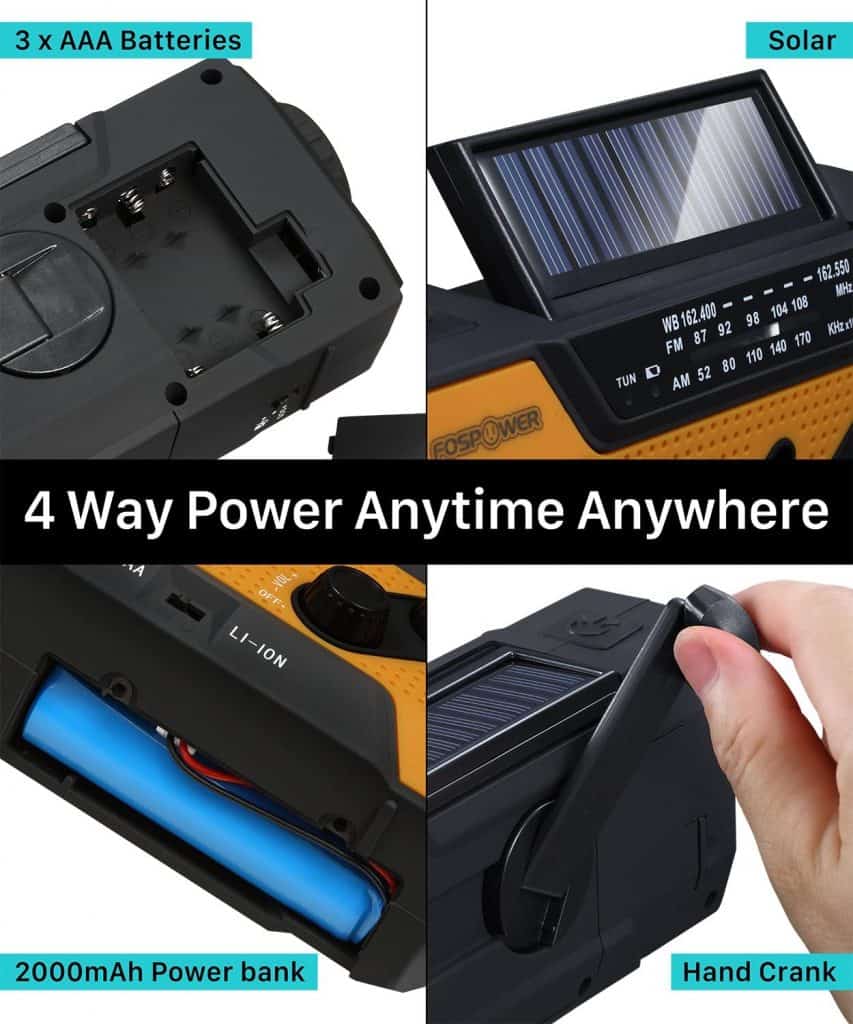
What is a hand-crank radio? Simply put, they charge with power when you manually rotate a lever. A system with coils and magnets inside generates power by turning the lever.
In some severe cases, that may be your only access to information. Make sure you carry extra batteries (as well as all your battery-operated devices).
Some come with an embedded flashlight, but using a flashlight like that consumes power. The best is to have an additional/different flashlight.
Emergency Flashlight
Have a flashlight (best is to have backup flashlights) that consumes the least power but provides sufficient light for your different tasks. Such tasks can be cooking, sanitation, reading, writing, feeding, or even treating an injury. Here is an excellent lightweight and waterproof one.
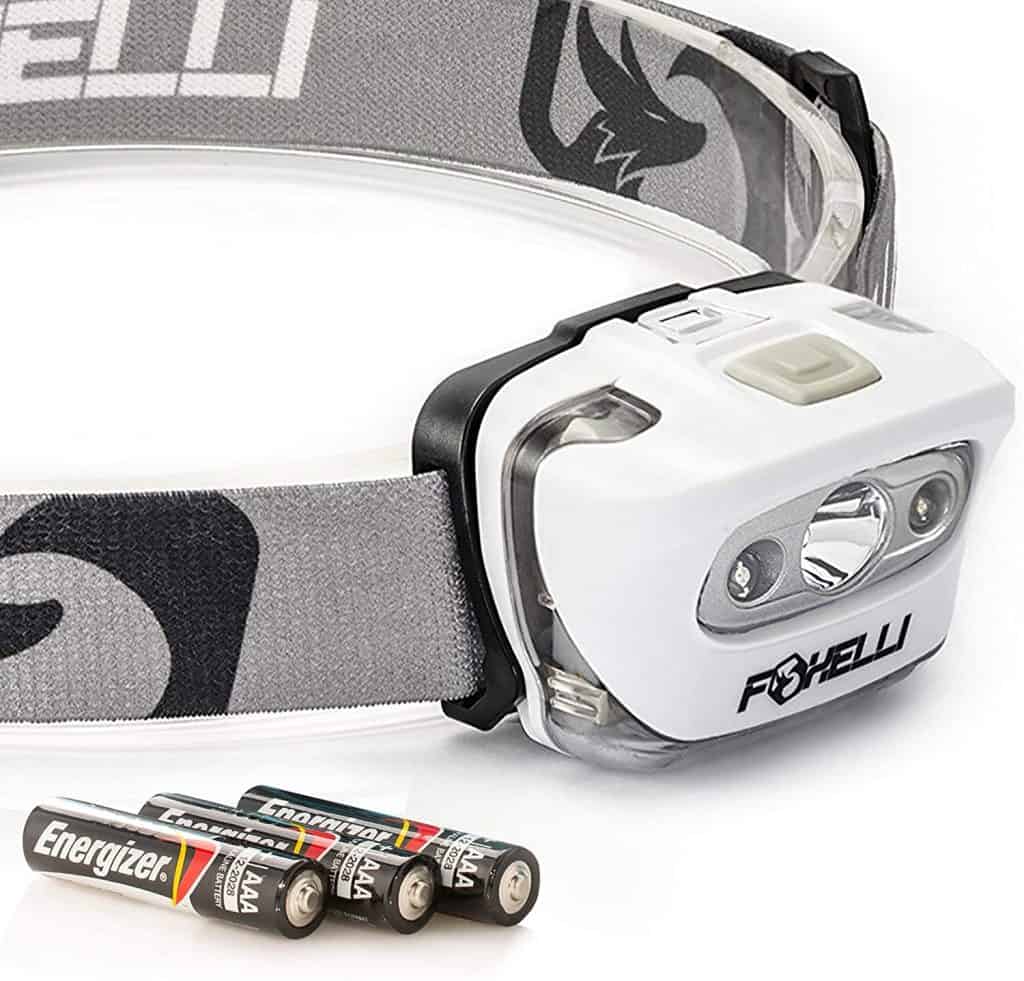
Ideally, you want to have your hands free for all these things. In such cases, an adjustable headband flashlight (headlight) usually works best as you can strap it on your head and point the light where you look. That is equally useful when you want to treat an injury too.
Make sure you have batteries for that.
If you prefer a handheld flashlight, then this ultra-bright 2-pack tactical one is what you must choose.
Emergency Situations First Aid Kit
Preparing an emergency kit is not a simple thing. Many pre-packaged emergency first aid kits are HSA and FSA eligible. However, it is good to know what such a kit is about. Here are the things to have in mind.
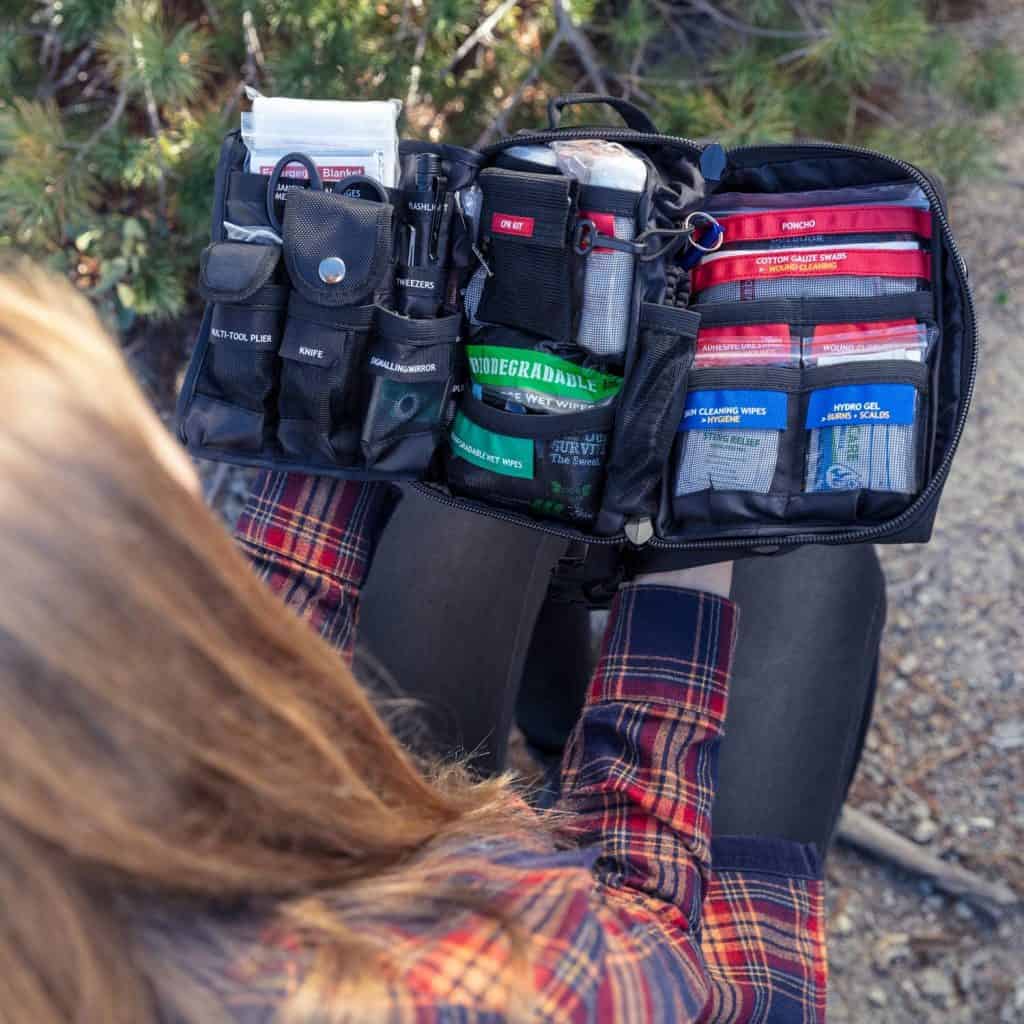
How to create a First Aid Kit? Red Cross suggests these items for an emergency kit. Make sure to include all necessary medications too.
Do you know how to use a First Aid Kit (F.A.D)? You need to use the things you will include in your kit. Having all these micro tools without knowing how to treat a superficial injury makes the equipment useless. It is best to attend seminars where you learn basic first aid things.
What medicines to include in a F.A.D kit? You need essential non-prescription medication such as pain relievers, anti-diarrhea medication, antacids, or laxatives. You also need any prescription medication that is crucial for you or your family members.
Expiration dates: All elements included in your F.A.D kit have expiration dates. Make a note of the expiration dates of each component and check your list every month (or more frequently). Replace the expired ones. Even bandages’ stickiness can reduce due to storage circumstances.
A Blow Whistle
There are e-whistles out there, but the best is not to use such. Choose a traditional whistle, like this one, that you can even clip on your clothes.
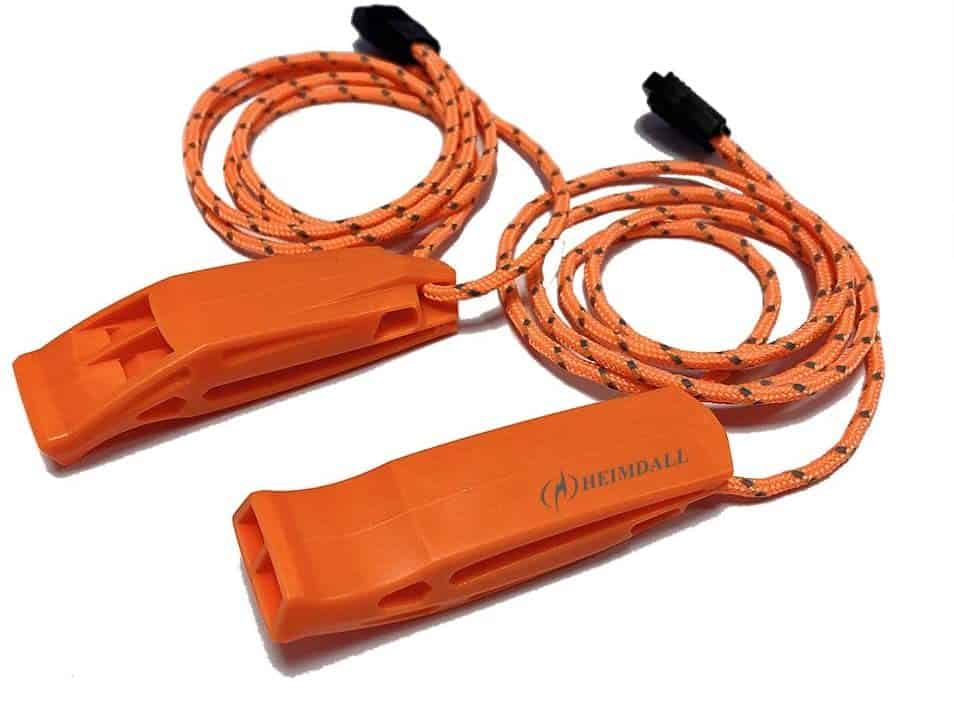
Metal blow whistles tend to stick to your lips as they freeze in cold environments. A typical orange-colored blow whistle is suitable for all circumstances. It is lightweight, pea-less, durable, and made from non-braking plastic.
Emergency Masks
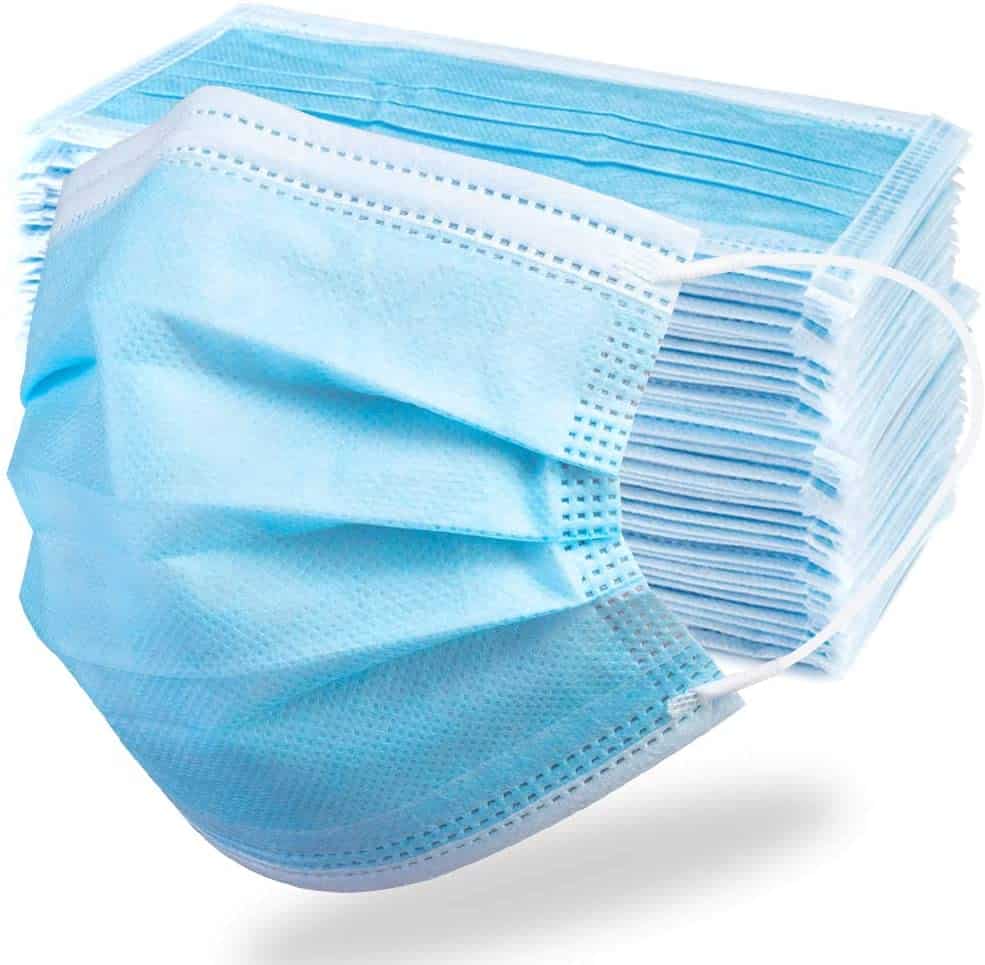
When it comes to such, there are different options you can have. Some protect you from dust, while others are much more efficient and necessary when you encounter exceptional circumstances, like a virus infection (or a pandemic situation).
The usual types of such masked are the following. For each, we suggest which types you may want to acquire:
Standard disposable paper masks: The paper ones are very lightweight and a good option. They are also known as “surgical masks.” Check them here.
Cloth masks: You can wash them and reuse them, but they get moist around the mouth area. They don’t provide so much security. See these.
N95 with built-in respirator: They filter out non-oil-based 95% of pollutants. According to CDC, their filter does not protect from harmful gases, making it easier to perform in smoky conditions. They are more comfortable to wear for long hours1 due to their exhalation valve.
Specialty, reusable masks: You need to get special filters or cartridges for them. They usually come as full or half-faced types and are suitable when near cases with heavy pollution (grinding, welding, gases caused by fire, etc.). Check them here.
Duct Tape and Plastic Sheeting
With sheets of foldable/rolled plastic and duct tape, you can quickly build a shelter. That is the fastest way to protect yourself from rain or mild cold weather. Duct tape is something you need to have handy for thousands of reasons.
You can even roll the shelter and carry it with you when you plan to move out. It is not the same as having a tent, but since plastic is waterproof and blocks the wind, it is efficient.
Don’t wait for extreme circumstances to test how you can build such a shelter. Practice in your backyard and be ready to respond efficiently when emergencies arise.
Duct tape is robust and durable if you want to “patch” things. Please include it in any 72-hour kit for emergencies (or any repair kit per se).
An Emergency Tent
If you are only one person, then a tent that deploys fast is ideal. However, needs change when you are more than one. Weather situations are an additional factor. Read our post on camping tents, but keep in mind that there are emergency tents too, and that is what you need. They come as 2-persons tents and can be packed and carried easily.
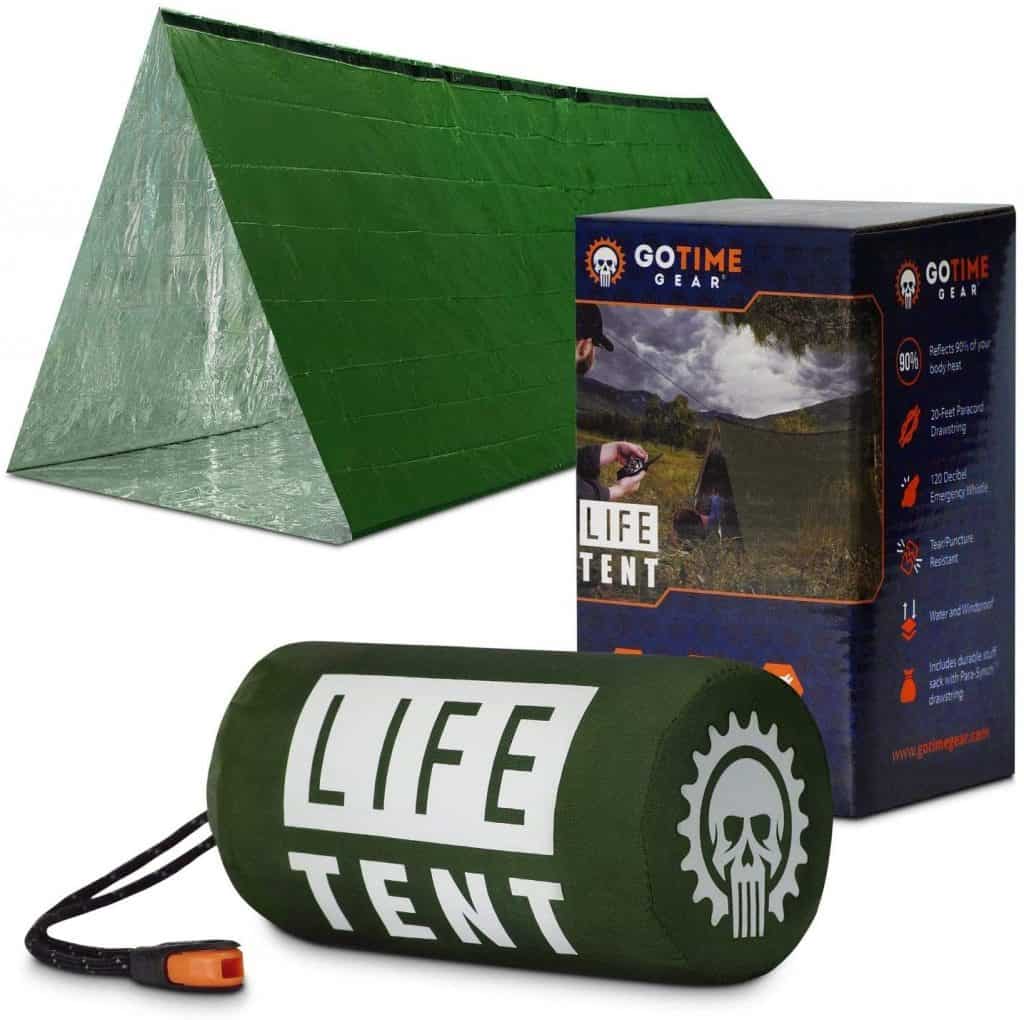
You can quickly build an emergency tent with plastic sheets, duct tape, and a rope.
Sleeping Bag
If you need to sleep outside or under cold, you need a sleeping bag. Again, choosing a sleeping bag requires some research (read this post on different sleeping bag types).
However, you can also acquire a bivy bag for emergency cases and use it as a survival sleeping bag. They are easy to store and carry around.
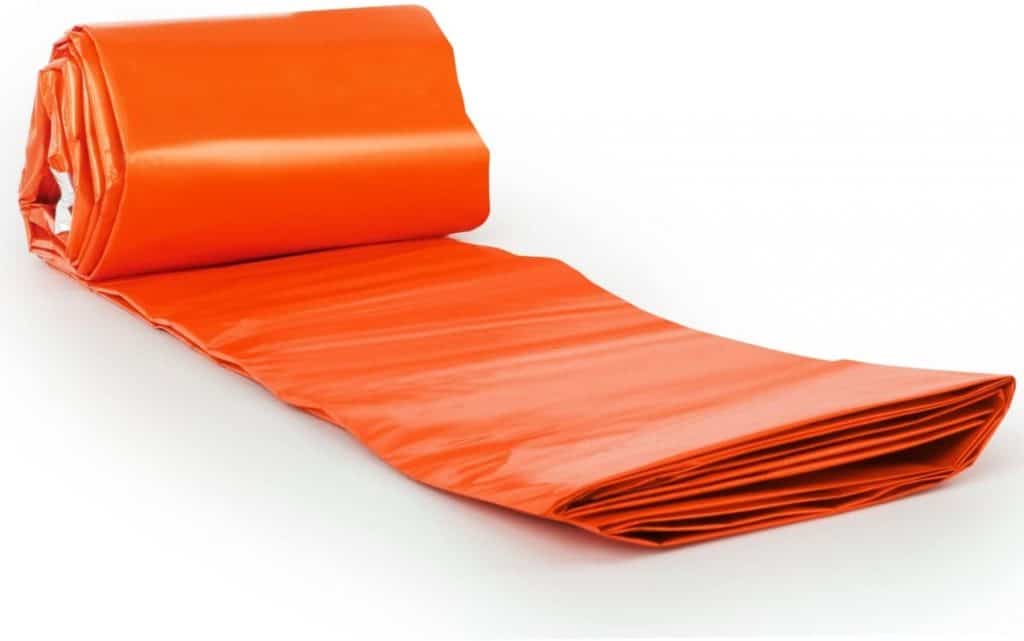
Another extra item that you can use to protect yourself from cold is an emergency thermal blanket. Check this one.
Your car is made mainly from metal, and it gets cold fast. Don’t think that sleeping in your vehicle will allow you to be warm without a bivy, sleeping bag, or a thermal blanket. In case you have neither, grab a warm blanket.
Emergency Sanitation
Feeling and being clean is part of you being healthy. Keeping yourself clean is essential, yes, even for 72-hours. Pack a toiletries set that includes (but is not limited to):
- Moist towelettes
- Garbage bags
- Plastic ties
- Disinfecting wipes and hand sanitizers
- Toothbrush, toothpaste, and dental floss
- A bar of soap or liquid soap
- Q-tips for ears (they can be used for other reasons too)
- Feminine supplies and personal hygiene items (if you are a female)
- Disposable Compressed Towels
- Contact lens and contact lens solution (if you use them)
All these can be packed in small containers (like you do for a flight).
Cell Phone & Power Bank
Don’t forget your cell phone when you run. Make sure to have a charged power bank along with a set of chargers. This power bank is top-rated and compatible with numerous smartphones (phones included).
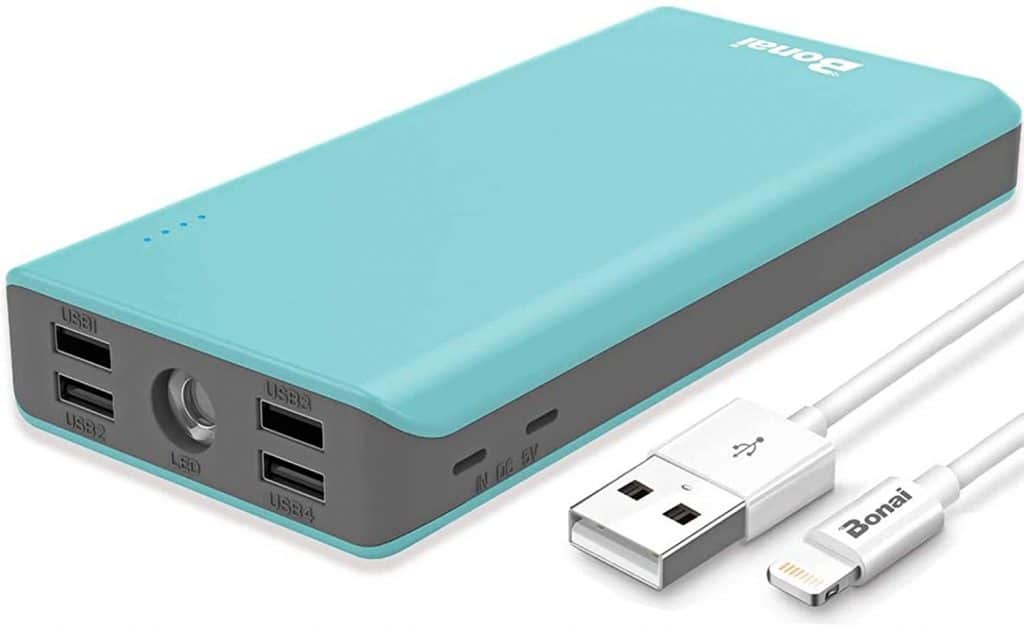
Note when it was the last time you charged it and have it set.
Important Documents
Apart from your driver’s license or identity card, it is good to have photocopies of important family documents. Such include but are not limited to insurance policies and your bank account numbers, along with essential passwords.
Store them in a waterproof case and have a scanned copy of each online.
Basic Life Protection Gear
You can find different ideas for outdoor survival gear in this post. Remember that laws per country and state are other, so what you carry must be permitted by law.
Additional Emergency Items
- Local maps
- Prescription eyeglasses
- Cash or traveler’s checks
- Matches in a waterproof container
- Paper and pencil
- One or two complete change of clothes (suitable for the current weather conditions)
- Sturdy shoes
- A fire extinguisher to stop any sudden burst of fire
- Manual can opener
- Books, games, puzzles, or other activities for children
How to Pack your 72-hour Emergency Kit Items?
To pack all these, you need to plan. The quantities differ per person, and each person must have their items. Of course, children, elders, or people with disabilities may be difficult to carry things as healthy adults.
Apart from such cases, you need to store the items in waterproof backpacks.
It would be best if you had a durable and easy backpack to carry around.
Arrange the items in the backpack depending on how frequently you will use the items if you move around. The things you need to reach often must be placed near the top of the backpack interior or/and the external “pockets.” In that way, you won’t have to rearrange all items every time you need something.
Choose a good backpack. There are plenty of lightweight backpacks. Read the post on how to choose the correct backpack.
Avoid choosing “school” type backpacks. They are not durable enough. Of course, you can choose a tactical backpack, but the best is to read the lightweight backpack post mentioned above.
All items must fit inside your backpack. First, supply yourself with the things you need and see how much space you need. That will be one of the factors that will help you choose the right one.
Don’t be “stingy” with the price. A good backpack is not something you buy every day. When you need it, it makes your life easier and safer.
Where to Store your 72-Hour Kit?
Store your backpack in a cool, dry place, and make sure to check which times expired. The best way is to make a list along with dates and check frequently. You never know when you will need it.
Avoid storing the 72-hour emergency kit in your car. Your emergency kit is good only if it can be used. Temperature changes will destroy the items you have in the kit.
Have the kit in a place where it is “ready to go.” If you have a family, make sure everyone knows where it is, what is in the kit, and how to use it. You may not be on the premises when something happens.
What about Ready PrePackaged Kits?
There are different options for 72-hour kits online. Are they good? They may be significant. You have to make a list of the things you need and buy one that has all of them.
Most of the time, they don’t come with suitable quality backpacks. You will have to buy one, then.
Ensure that you check the expiration dates of the items you order (especially in ready-made kits). Ask before you buy.
Important note: Each case and person has different needs, even under the same or similar situations. The suggestions in this post are based on personal experience and research. They are not strict and absolute guidelines, as numerous factors can influence the status and needs in any situation (i.e., type of emergency, climate conditions, personal health and stamina, existing medical conditions, etc.). They are only suggestions, and they should be read like that and only that.
Have you made your 72-hour survival kit? What are your suggestions? You may also like Best Camping Flashlights.
